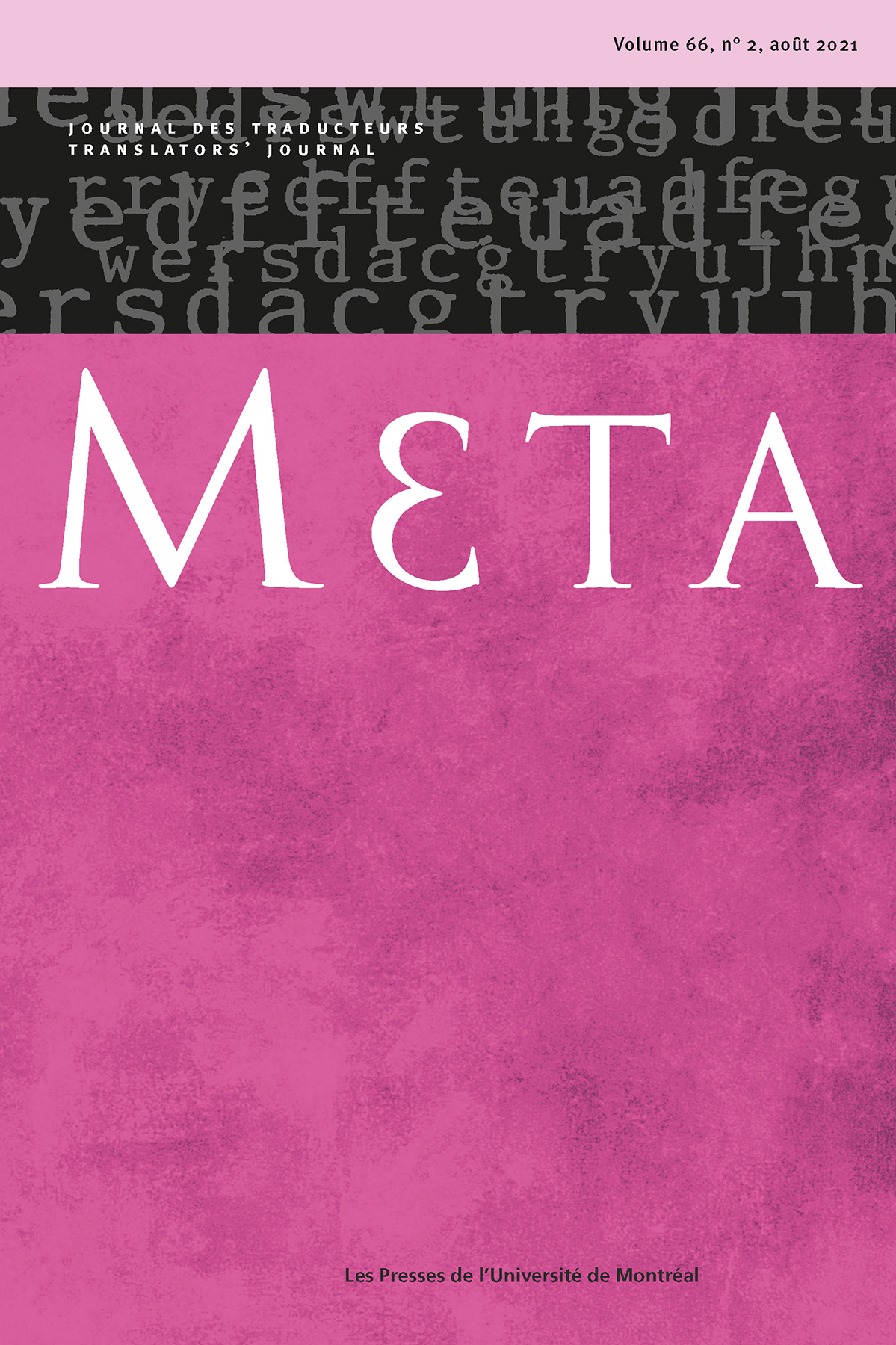This collection is not merely what is conventionally known as “a welcome addition” but signals new venues for the study of self-translation into (and less often, from) Spanish, particularly where Latin America is concerned. Indeed, a wealth of research is already available about Spain, where both self-translation and translation studies (henceforth: TS) have boomed in the last thirty years. The mention of “the Americas” in the book’s subtitle refers to the presence of Chile, Argentina, Peru, and Paraguay (as far as South America is concerned), but attention is paid as well to Central (Guatemala) and North America (Mexico). This continental perspective usefully complements work on bilingual writers and self-translators in the United States who mainly use Spanish and English (whether their background is Chicano or not). The European dimension mostly covers Spain, with the important exception of creacionista poet, Vicente Huidobro, who spent several years in Paris before returning to his native Chile in 1932. His choice of French as an Aufklärung-infused antidote against baroque Spanish is expertly studied here in the context of Modernist poetics by Marcos Eymar. Huidobro unintentionally appears as an outlier in a collection that for the most part addresses the topic of self-translation within the confines of individual countries. Huidobro’s metaphorical crossing of languages, by contrast, is underpinned by the very real crossing of the Atlantic Ocean, a bit like the seasonal Italian workers known in Argentinian history as “swallows” (golondrinas). Nor are his travels (and travails) politically motivated, unlike those of Agustí Bartra, who continued writing in Catalan throughout his long Mexican exile but was careful to prepare Spanish equivalents of several titles. Xabola, for instance, was first published in Catalan in Mexico, then turned into Spanish and later on “back-self-translated” into Catalan, on the eve of Bartra’s return to Spain. Paula Simón’s examination of this “double-self-translation” complements work by Azpeitia Ortiz (2017) while also deepening our knowledge of the Republican exile in Mexico, a topic that deserves to be studied anew in light of translational dynamics, if only because of the Catalan component. Many Catalan intellectuals were also active as translators in Mexico’s literary field, Bartra being particularly prolific, providing Spanish versions of internationally recognized work in English or in French. Mexico’s Sor Juana Inés de la Cruz is another important outlier, but from the point of view of chronology instead of geography. Born Juana Ramírez de Asbaje in 17th-century New Spain, she was the daughter of a Spanish captain and a Creole mother—using that word in its original sense of “European born in the colonies.” Belén Bistué zooms in on a multilingual (Spanish, Latin, and Nahuatl) and multi-layered poem written by Sor Juana in 1676, on occasion of the Feast of the Assumption. In the closing piece of this villancico (as this particular type of poetry is called), the Mexican poetess proceeds to “translate” Mary in two ways, Bistué submits. First, she darkens her complexion (the corresponding section is written in a register of Spanish that “parodies the speech of African slaves”) and later, she addresses the Holy Virgin in Nahuatl as Tonantzin, which is a way of linking the Christian figure to the Aztec “sacred mother.” Bistué proposes to see these interventions “as a series of figurative self-translations” (p. 151). In doing so, she extrapolates from the only “actual self-translation” (p. 148-151) thus far attributed to Sor Juana, that is a bilingual epigram where she unwraps, first in Latin and then in Spanish, the theological topic of Mary’s co-redemption of Eva as inscribed in the palindrome Eva/Ave, which in turn echoes a line from the famous Medieval hymn, …
Parties annexes
Bibliography
- Azpeitia Ortiz, Lucía (2017): Representacions de l’autotraducció als peritextos bibliogràfics d’Agustí Bartra. In: Enric Gallén and José Francisco Ruiz Casanova, eds. Bilingüisme, autotraducció i literatura catalana. Lleida: Punctum, 233-251.
- Barrientos Tecún, Dante (2002): Interculturalité et bilinguisme dans la littérature guatémaltèque. Le cas d’Humberto Ak’Abal, un poète Quiché. Cahiers d’études romanes. 7:49-62.
- Berman, Antoine (1990): La retraduction comme espace de la traduction. Palimpsestes. 4:1-7.
- Calvet, Alain and Calvet, Louis-Jean (2017): Baromètre Calvet des langues du monde. WikiLF. Consulted on April 20, 2021, http://www.wikilf.culture.fr/barometre2017/index.php.
- De Swaan, Abram (2001): Words of the World: The Global Language System. Cambridge: Polity Press.
- Grutman, Rainier (2011): Diglosia y autotraducción ‘vertical’ (en y fuera de España). In: Xosé Manuel Dasilva and Helena Tanqueiro, eds. Aproximaciones a la autotraducción. Vigo: Academia del Hispanismo, 69-92.
- Grutman, Rainier (2015): Francophonie et autotraduction. Interfrancophonies. 6:1-17.
- Leonetti, Francesca (2012): Trivia Diosa y Trino Dios: paganismo y cristianismo en una autotraducción de Sor Juana Inés de la Cruz. In: Marcial RubioÁrquez, ed. Autotraduzione. Teoria ed esempi fra Italia e Spagna (e oltre). Milano: LED, 177-197.
- Pratt, Mary Louise (1991): Arts of the Contact Zone. Profession (MLA). 33-40.
- Ramis, Josep Miquel (2017): The Failure of Self-Translation in Catalan Literature. In: Olga Castro, Sergi Mainer and Svetlana Page, eds. Self-Translation and Power. London: Palgrave Macmillan, 95-117.

